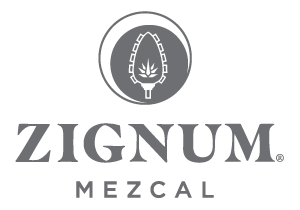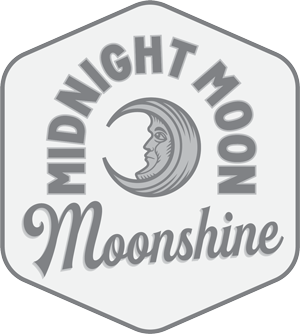Steven Grasse and his Quaker City Mercantile created Hendrick’s Gin in the late 1990s, and hasn’t stopped innovating
Steven Grasse is not bashful about plugging his agency: “I know more about the spirits industry than any single one of my clients.”
The founder of Philadelphia-based Quaker City Mercantile is able to easily back up his claim, citing decades of experience of not just creating alcohol ads, but building liquor brands from scratch, such as Hendrick’s Gin, Sailor Jerry Rum and a bevy of craft booze brands including strange concoctions such as Eau de Musc, a whiskey that uses oil extracted from beaver butts.
Unlike most agencies that balance accounts across multiple industries, Quaker City focuses only on alcohol—but it does nearly everything, from liquid development and packaging to point-of-sale marketing and advertising. Grasse describes the shop as a “Swiss army knife for the drinks industry.”
He details the approach on the latest edition of the Marketer’s Brief podcast, including delving into topics explored in his new book, “Brand Mysticism: Cultivate Creativity & Intoxicate Your Audience.” It recounts how he built the booze-only agency after an earlier career working on accounts running from Puma to R.J. Reynolds, for which Grasse in 1996 revived an old brand called Red Kamel when his agency was known as Gyro Worldwide.
While most ad execs who have worked in tobacco are loath to talk about the now-taboo topic of cigarette marketing, Grasse jumps right in. “We call it the marketing Marine Corps because you had to be able to make noise without legally being able to do anything,” he said on the podcast. “So it really taught us the skills of how to avoid traditional marketing and do things in a very different way.”
It doesn’t get more different than Hendrick’s Gin, which Grasse’s agency created in the late 1990s for its first booze client, William Grant & Sons.
The brand’s odd aesthetic, which is sort of a cross between Monty Python and Victorian art, was inspired by a trip Grasse took with Sir Charles Grant Gordon to the Glenfiddich Distillery in Scotland where he encountered aging liquor stills.
“When I looked at these contraptions, with their balloon-shaped pots with odd cranks and gears, submarine-like hatches, and mazelike pipes with a lifetime of patina, I immediately thought of Jules Verne,” he writes in the book. “The stills’ aesthetic almost made me fantasize about climbing in and then traveling around the world or taking them deep under the sea.”
Grasse replicated that world in marketing for Hendrick’s, which is still a client today, alongside Guinness and E&J Gallo, for which Quaker City in 2015 created a new brand called Lo-Fi Aperitifs.

Most brands are created with separate teams handling innovation, packaging design, advertising and other functions—“and nobody talks to each other,” Grasse said on the podcast.
But “we do everything. We come up with the name, the liquid profile, the bottle, the brand world, point-of-sale, the experiential. It all needs to be completely interconnected, and work together. And it seems really obvious, but it’s so shocking that nobody really does it that way.”
Grasse sharpens his liquor development skills at Tamworth Distilling in New Hampshire, a rural artisan distillery he has owned since 2015 that he describes in the book as “the culmination of my life’s work.” Tamworth has birthed some strange—but viral—products. That includes Crab Trapper, a bourbon whose ingredients include an invasive crab species that has drawn media attention from news and entertainment shows including “The Late Show With Stephen Colbert.”
In conjunction with the Nov. 8 book release, Grasse debuted Dunce Whiskey, named for 13th-century philosopher John Duns Scotus. The brand’s logo features a dunce cap, which as Grasse describes in a video was a way to “troll the whiskey industry” by making fun of brands built on fake stories. (The dunce cap itself has a complicated history; they were originally associated with respected scholars, as Grasse describes.)
Tamworth is also home to Eau de Musc, which was released in 2018 and uses oil from the castor gland of the North American beaver. “The most surprising thing about whiskey made with beaver butts is how good it tastes,” remarked a review in Delawareonline.com.
While government regulators keep strict oversight on what can go into booze, Grasse and his team exploit provisions that allow ingredients for which you can prove “ethnic or historical usage,” he said. “You lobby the government, you can get interesting ingredients into your booze.”
The TTB, he said, referring to the government agency overseeing the process, “probably has a poster of us on the wall most hated distillery in America because we are up their asses all the time. We lobby them constantly to do the weirdest stuff.”
































